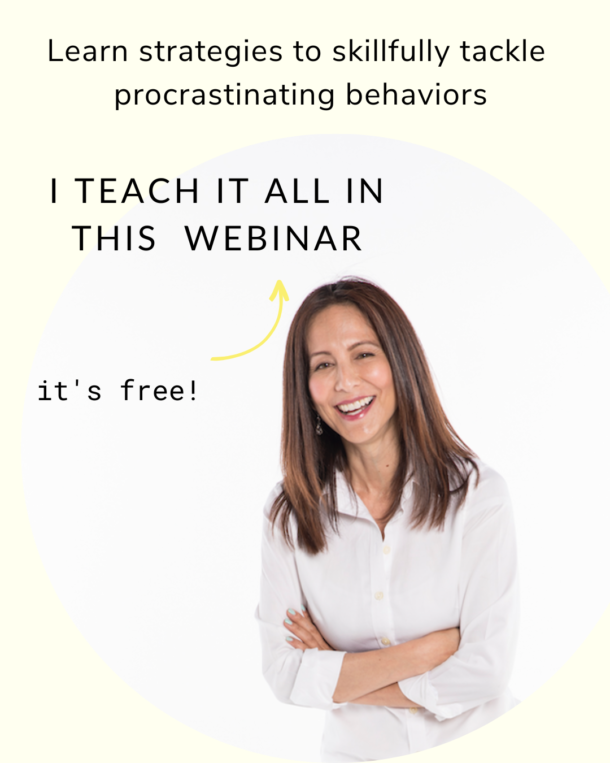Before you start reading this post about “validation” please see the following youtube video:
[youtube http://www.youtube.com/watch?v=Aks0bco7IQQ]
I found this short-film to be a great reminder of the importance of validation in the context of relationships and a nice introduction to the topic.
Although the word validation has been mentioned innumerable times in clinical psychology and some therapy approaches place a stronger emphasis on it such as Client-Centered Therapy (Rogers, 1951), Dialectical Behavior Therapy (Linehan, 1990), and Emotion-Focused Therapy (Greenberg, 2002), in my clinical and personal experience the “lack, confusion, or difficulties knowing when and how to validate” are major struggles in relationships.
For example, when Ana told her friend Joseph that she was feeling down and frustrated about not being able to travel to Spain this year, Joseph stated that she shouldn’t feel frustrated about it since she travelled to Europe before and things were financially difficult for her anyway. When Ana heard those words she felt more frustrated, irritated, guilty, confused, and quickly told Joseph they shouldn’t talk about this matter and cancelled the plans they had for the day.
Although Joseph and Ana have been friends since college and they clearly care for each other, these types of interactions led both of them with a bitter experience that could potentially damage their relationship in the long term.
If the above example relates to past or current situations in your life, either because you felt invalidated or didn’t know how to “see the other person’s experience” the next paragraphs will help you not only to decrease the possibility of having an interpersonal disruption in your relationships but also to create long lasting ones.
“Validation” has been defined as “communication of understanding and acceptance” (Fruzetti and Iverson, 2004; Linehan, 1997). Based on this definition, I could say that validation translates into “noticing non-judgmentally the other person’s experience and responding effectively to it.”
In reflecting on the stories shared by my clients, learnings from different articles/books I read, and my own experience there are core principles and specific actions that can be taken to “fully see the other person in front of you.”
A first core principle is to recognize that whatever the other person’s experience is, it’s simply true.
Many times when another person is describing a particular event or his/her reaction to it somehow there is a voice inside of us saying “You shouldn’t feel that, how can you feel that, etc.” Radically acknowledging that whatever feeling, emotion, thought, and physical sensations the person you are talking to is having is the starting point to practice validation. Even when a person’s reactions are based on incorrect information or you disagree with their emotional response, their experience is still real.A second core principle is to acknowledge that “your mind will try to immediately solve the other person’s struggles.“
It’s natural that when learning about a problematic situation, our minds will go immediately into a problem solving mode. There is nothing wrong with this cognitive process per se unless it’s not allowing us to learn from the other person’s struggles. Your job is to notice when those solving strategies are showing up, label them for what they are, and bring yourself back to the person in front of you.
Learning to hold these core principles of validation as a frame when dealing with others will help you to practice the following actions:
– Mindfully listen to the other person without interrupting.
When talking to others, and especially in the midst of a conflict, carefully notice what he or she is saying, his/her tone of voice, hand gestures, and body language.– Ask questions if you don’t understand the other person’s experience.
If you’re not sure about the specifics of the situation or the other person’s emotional response, it’s extremely important to ask clarifying questions. Clarifying questions are statements like… and then what happened? What did you do then? Can you tell me more about how you’re feeling right now? How is all this affecting you?– “Respond effectively” to the person’s experience only after you fully learned about their struggle.
Responding effectively is not the same as paraphrasing or repeating back what we heard like a parrot. Also, an effective response doesn’t involve an agreement with the other person’s denigrating statements about him/herself or others.An “effective response” is identifying collaboratively with the person you’re talking to what is needed from you or ways for you to help, if they want to be helped.
Having a frame and specific actions to take when learning how to validate others will drastically improve your relationships. The people you care for “need and want to be seen.”
Based on:
Fruzetti, A. (2006). High conflict couple. Oakland, Ca: New Harbinger.
Koerner, K. (2011). Doing Dialectical Behavior Therapy: a practical guide. New York, NY: Guilford Press.







